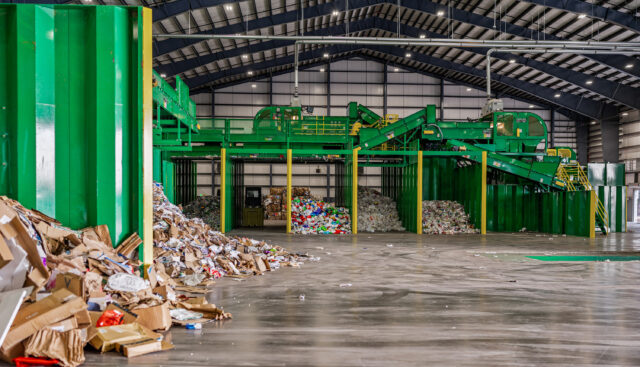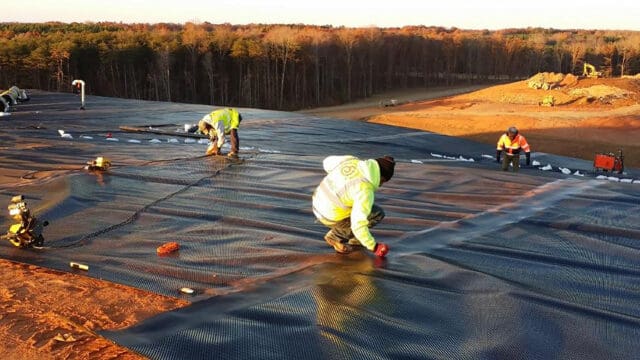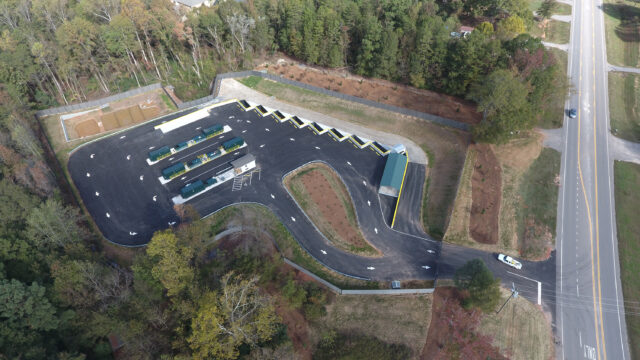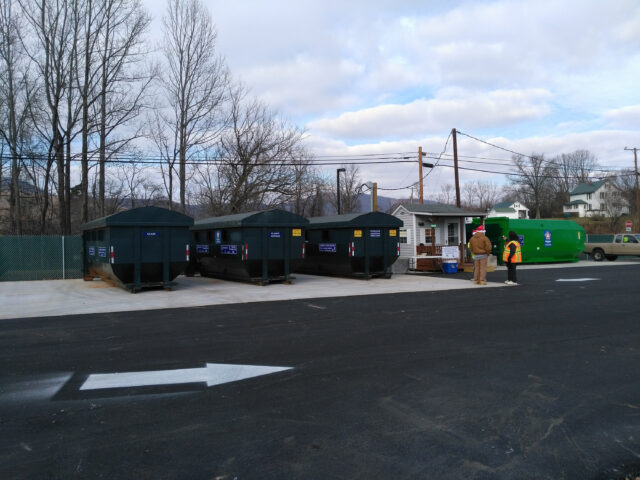The Kingsbury Landfill is an 18-acre closed landfill located in the Village of Hudson Falls, New York. The site operated as a municipal landfill from 1930 to 1985, prior to the establishment of regulations covering the operation and construction of waste facilities. Regulated hazardous waste disposed of at the site included polychlorinated biphenyl (PCB)-laden oil waste as well as halogenated solvents. The leachate generated at this site reached several nearby water bodies, including the feeder/tow canal, Cutter Pond, and a forested swamp.
The New York State Department of Environmental Conservation (NYSDEC) has designated the Kingsbury Landfill site as a Class 4 Inactive Hazardous Waste Site, which identifies it as a one that has been properly closed but requires continued site management consisting of operation, maintenance, and monitoring. It was in quarterly sampling of the groundwater that contaminants were identified. LaBella’s environmental investigations revealed that the soil, sediments, groundwater, and surface water at the site and an adjacent property were contaminated with PCBs, various metals, and halogenated solvents.
The soil-bentonite groundwater cut-off wall, also known as a slurry wall, was failing in its mission to contain leachate from the landfill cell. With the failing slurry wall and the depth of groundwater ranging from two to five feet below ground surface across the site, a groundwater interceptor trench was necessary. Following installation, the interceptor trench collects non-contaminated groundwater and conveys it to a nearby water body before it can mix with contaminated leachate in the landfill cell, thereby preventing contamination from spreading to the adjacent Kingsbury Landfill water bodies.
LaBella’s primary role on the site is Health and Safety Monitor. All activity is strictly monitored by LaBella and overseen by the NYSDEC. Since the Kingsbury Landfill site is in close proximity to a residential area, a Community Air Monitoring Program (CAMP) was implemented to track fugitive dust. To meet CAMP requirements, our team uses a dust control additive – an organic solution with added cohesive agents that acts as an eco-friendly soil binder, assists in holding down dust, and is resistant to weathering.
Aside from the crucial health and safety responsibilities, LaBella also constructed the slurry wall, installed the inclinometers, and performed the restoration work once the trenching was complete. Restoration work included building an access road to the site, restoring proper surface water drainage, and redeveloping the swales in the landfill cap.
Long lead times for materials and equipment has proved to be one challenging aspect of this project. LaBella, NYSDEC, and the project engineer had to collaborate closely in scheduling work to ensure materials and equipment were available when needed. High fuel surcharges have been another project constraint. Our team used local material and equipment suppliers to cut down on the amount of trucking and shipping. We are also reusing all soil and aggregate materials on the site to cut down on trucking and disposal of materials, thereby reducing fuel consumption as well greenhouse gas emissions.

















